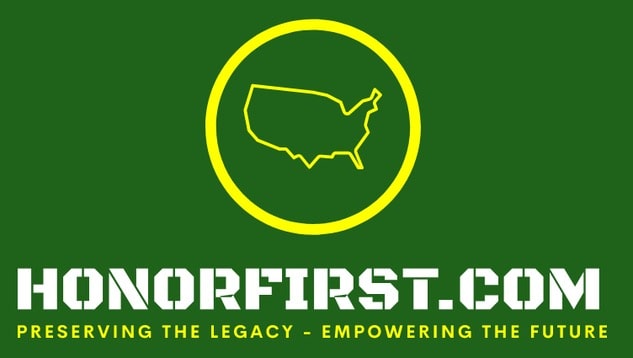October 16 - October 22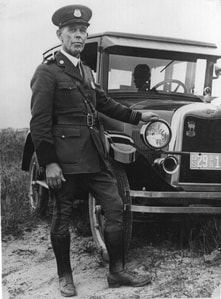 Frank McMahan Frank McMahan Good morning! Welcome to another This Week in USBP History! Let's start this week discussing the Patrol's rank insignia. Before diving in, you may want to visit and read The U.S. Border Patrol’s Early Rank and Time-in-Service Insignia. It has a GIF (12 images that cycle every 5 seconds) of the examples of the rank insignia and time-in-service insignia that was in place from 1928-1942 of which I'll write about below. Let me backtrack to the beginning... From its creation in 1924 until General Order 61 (GO-61) in 1926, the Patrol had only two positions, and neither had an official rank insignia;
From 1924-1928, the Patrol did not have an official rank insignia. We know that to be true based on this memo from Chief of the Border Patrol Ruel E. Davenport (1878-1961), "The lack of any insignia of rank for ranking officers of the Patrol Service is also noticeable." However, there exists photographic evidence of some rank insignia being used outside of any policy such as the case of the insignia worn by Frank McMahan at the bottom of his left sleeve. On March 18, 1926, GO-61 was signed and came into effect on April 1, 1926. GO-61 restructured the Border Patrol, creating three additional positions and renaming one:
The sixth supplement to General Order 42, dated April 4, 1928, contains the earliest Border Patrol rank and time-in-service insignia that have been located.
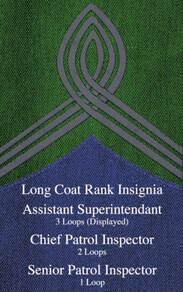 The rank insignia above weren't the only rank insignia in place at the time, there were also unique insignia for the long coat.
These insignia were in place until approximately 1942 when the Patrol's third uniform policy was implemented. Sadly, no examples of that policy is known to exist. However, it is known that the aforementioned rank insignia were discontinued. With the new uniform policy, the shoulder ornaments that had been worn as part of the uniform for all Patrol Inspectors since 1924 were used to identify ranking inspectors. It is thought that the 1942 uniform policy concerning rank was significantly similar to the 1956 uniform policy, see below:
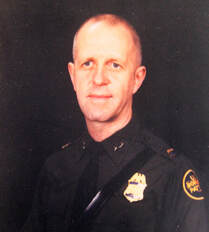 Roger "Buck" Brandemuehl, Chief of the Border Patrol, 1980-1986 Roger "Buck" Brandemuehl, Chief of the Border Patrol, 1980-1986 The shoulder ornaments and titles on badges were the sole insignia of rank until September 4, 1980, when the acting commissioner issued this memo that began:
A bit of a back story for that 1980 memo. In a conversation with Roger "Buck" Brandemuehl, Chief of the Border Patrol 1980-1986, he told me that the Patrol was commonly working with the military, as it does today. The military members didn't quite grasp the shoulder ornament rank insignia, so Buck pushed to have the military rank insignia implemented so that the military would have a better understanding of to whom they were talking within the Patrol. The 1980 rank insignia began with captain’s bars for first-line supervisors and ended with 2 stars for the Chief of the Border Patrol (Assistant Commissioner). Chief Patrol Agents wore 1 star. Within the implementation of the military rank insignia, the traditional shoulder ornaments were still used, roughly following the aforementioned 1956 guidance. The next large change in the Patrol's rank insignia came in 2003. The most significant of the changes were that the Chief of the Border Patrol wore four stars (making Chief Gustavo De La Vina the first 4-star Chief) and Chief Patrol Agents wore two stars. Later, sometime around 2010, the shoulder ornaments no longer were symbols of rank but became location identifiers agents in supervisory and managerial positions. Gold should ornaments denoted supervisory and managerial agents assigned to USBP HQ, silver ornaments denoted sector HQ supervisory and managerial agents, and oxidized ornament denoted station level supervisory and managerial agents. However, for reasons never adequately explained to me, the Academy uses a combination of silver and oxidized shoulder ornaments. I would think that all Academy supervisory and managerial should wear silver ornaments like the sector HQs. However, as the years have passed the Border Patrol has strayed from official documents that continue to provide excellent equivalency in applying military rank insignia to Senior Executives and GS employees. See the following;
However, the Border Patrol’s rank insignia is not related to the scope and complexity of the position as is reflected in a position's pay grade. The Patrol's rank insignia is title-centric and is related more to the perceived level of prestige of a given position. That's why a GS-13 supervising less than 10 people wears the identical insignia as a GS-15 who is responsible for over 600 people (Patrol Agents in Charge all wear eagles as rank insignia regardless of pay grade). As another example, the GS-15 CPA of Ramey Sector with less than 100 employees wears 2-stars when SES DCPAs and SES HQ Deputy Directorate Chiefs wear 1-star. So, wrapping it up... In today's Patrol, there are far more titles than pay grades and insignia. The fickle concept of prestige trumps the carefully considered pay grade of positions in the application of insignia assignment. Restating the 1980 memo, rank insignia were implemented ...to enhance the recognition of our supervisory and staff Border Patrol agents. I argue that the recognition is diminished when the system allows GS-13s and GS-14s to wear the same insignia as a GS-15, when SESs wear a lessor insignia than a GS-15, and prestige provides the foundation of rank assignment instead of pay grade. But, I could be wrong... This week brings us tons of USBP history! We start with a 1910 memo concerning compensation for "mounted inspectors. There are shootings, seizures, and the earliest known mentioning of two modern positions. We celebrate the Newton-Azrak Award action anniversary for two recipients. We also remember the loss of six of our fallen, including two that fell in the same event. Jesus de la Ossa and Thomas J. Williams fell due in the same incident in 1998. A sad fact is that the USBP has lost two Agents/Inspectors due to the same event nine times (18 fallen). Their names are listed below:
Daniel P. Cox and Edgardo Acosta-Feliciano both fell on July 31, 2021. However, their causes of death were not related. Enjoy the blog and have a great week! Cliff PS -
Esprit de Corps The workplace climate resulting from a combination of organizational pride and employee morale.
Esprit de corps is reinforced through the shared goals, mission and values of the organization and its employees. The definition turns Esprit de Corps into a simple formula and defines parts that comprise organizational pride and employee morale. Esprit de Corps = Organizational Pride + Employee Morale Esprit de Corps is the key to a healthy organization and engaged employees. Honor First is foundational to the Border Patrol's organizational pride and integral to its Esprit de Corps. Documents/Events 1910
Newton-Azrak Award Action Anniversaries Follow this link to see examples of USBP employees Upholding Honor First.
2016 Juan Cruz Jr. - photo Border Patrol Agent Weslaco, Texas Marcus K. Johnson - photo Border Patrol Agent Weslaco, Texas The incident occurred on October 19, 2015, at approximately 2:00 a.m. Border Patrol Agents Juan Cruz, Jr. and Marcus K. Johnson responded to a call for assistance by agents working border enforcement duties near the Hidalgo, Texas, Settling Basin. A subject had jumped into the water basin and was struggling to stay afloat. The potential victim was frantically screaming for help and periodically dipping below the surface of the water. The agents quickly improvised a safety line from tow straps and courageously entered the dark, cold water in an attempt to rescue the subject. Unfortunately, the improvised safety line was not long enough to reach the subject and the dangerous conditions forced the agents to return to land. Cruz swam out for a second time in an attempt to throw the subject a floatation device, but that attempt also failed due to the subject’s panicked state of mind. Upon the arrival of the City of Hidalgo’s Fire Department, the agents were informed that the fire department would not attempt a rescue due to policy constraints dealing with the dangers involved in a night time water rescue. Both Cruz and Johnson ignored the injuries they had suffered to their bare feet on their previous rescue attempts and for a third time volunteered to try to rescue the subject. They borrowed life vests from the fire department and re-entered the dangerous water. On the third attempt, the agents managed to reach the subject and provide him with a life vest and were able to successfully extract him from the water without further incident. The subject was examined by emergency medical technicians at the scene and found to be in good health and not in need of further medical attention. Both Cruz and Johnson were treated for their injuries at a local hospital and released the same night. USBP Fallen As of May 16, 2022, the U.S. Border Patrol has suffered 152* fallen. Titles:
The facts regarding each officer are presented without major editing of the "language of the day" found in the reports detailing the circumstances of each event. This is done to provide the reader an association with historical timeframes. Employees who died in the line of duty due to being exposed to deadly illnesses will not have the cause of death listed. *With the exception of two of the fallen immediately below, all names are listed (or in the process of being included) on the official Honor Roll of U.S. Border Patrol Fallen and inscribed on the National Law Enforcement Officers Memorial. The U.S. Border Patrol should fix these discrepancies. HonorFirst.com honors both of the fallen.
1922
Charles Gardiner Date of Birth: February 5, 1882 Entered on Duty: August 15, 1918 Title: Mounted Watchman End of Watch: October 21, 1922 Details Mounted Guard Charles Gardiner was shot and killed without warning by the driver of a wagon loaded with smuggled liquor. Gardiner was approaching the vehicle to inspect it when the unprovoked attack occurred. The report indicated that he approached a one-horse wagon containing two Mexicans for the purpose of questioning them as to their immigration status and that they jumped from the wagon, immediately firing upon him from close range. Death Certificate Survivor benefits - As per this document, his wife received $66.67 per month for her and their four children. Then $49.50 for her and one child. Gravesite 1956 John A. Rector Date of Birth: August 23, 1898 Entered on Duty: March 13, 1928 Title: Patrol Inspector End of Watch: October 16, 1956 Details: At approximately 11:30 a.m., October 16, 1956, Patrol Inspector John A. Rector was accidently shot by the firing of a .357 Magnum revolver by fellow officer, Bill Jordan. The mishap occurred at the Chula Vista Sector Headquarters as two officers were discussing various guns and their limitations and advantages. During the course of the conversation, the .357 Magnum was unloaded, examined, then reloaded, and placed in a desk drawer. The two officers then examined a .22 revolver and soon the discussion returned to the .357 Magnum. At this point, Patrol Inspector Jordan reached into the desk drawer, picked up the pistol, and without realizing that it had been reloaded, pulled the trigger. The bullet passed through a partition wall into Patrol Inspector Rector's office where it struck him in the left jaw and ranged up through his head. Upon arrival of an ambulance and a doctor, Patrol Inspector Rector was removed to the Paradise Valley Hospital in National City. Two neurosurgeons from San Diego were called; however, nothing could be done for Inspector Rector. He died at approximately 2:00 p.m. the same day. Gravesite 1967 Elgar B. Holliday Date of Birth: October 6, 1911 Entered on Duty: June 19, 1944 Title: Senior Patrol Inspector End of Watch: October 18, 1967 Details: In September 1967, Hurricane Beulah struck the lower Rio Grande Valley and adjacent areas causing extensive wind and flood damage. During the emergency, Patrol Inspectors rendered assistance in the protection of life and property, performing exhaustive and arduous tasks and working long periods of time without rest or relief. Senior Patrol Inspector Elgar B. Holliday was engaged in continuous emergency work assignments for three days. During the third day, September 24, 1967, he was stricken, suffering from extreme shortness of breath and pains in the chest. Showing signs of complete exhaustion, he was taken to a doctor, who gave him an injection and diagnosed the difficulty as heart failure due to over-exertion. Mr. Holliday was subsequently placed in the St. Joseph's Hospital, Houston, Texas, where he died on October 18, 1967. Gravesite
1979 Weldon Smith Date of Birth: July 18, 1939 Entered on Duty: November 2, 1970 Title: Aircraft Pilot End of Watch: October 19, 1979 Details: During the afternoon of October 19, 1979, Pilot Weldon Smith had been working with ground agents Roxy D. Kieffe and Frank Ureta, Jr., of Rio Grande City Border Patrol Station. They were trailing aliens on the Gallagor Ranch, about 10 miles north of Guerra, Jim Hogg County, Texas. Pilot Smith returned to McAllen to refuel. As he was returning to the location of the aliens, he passed about 100 feet over Kieffe, relocated the trail, and started relaying the location to Kieffe. He said, "I found the tr-" and quit transmitting in mid-sentence. Officer Kieffe did not see the crash, but saw the smoke and ran toward it. The plane was completely engulfed in flames, destroyed by the impact and fire. Pilot Smith died on initial impact. A Justice of the Peace from Hebbronville, Texas, held an inquest upon arrival at the scene of the accident and pronounced Pilot Smith dead. Subsequent investigation determined that the aircraft had stalled and the pilot was unable to recover from the stall. Gravesite 1998 Jesus de la Ossa Date of Birth: June 21, 1965 Entered on Duty: November 28, 1993 Title: Senior Patrol Agent End of Watch: October 20, 1998 Details: On Tuesday, October 20, 1998, at 7:00 p.m., Agents Jesus De La Ossa and Thomas J. Williams were traveling to San Diego after successfully completing the Border Patrol Academy Instructor’s Course. They were involved in a head-on collision with another vehicle and lost their lives in the accident, which happened about 15 miles west of Artesia, New Mexico. Agent De La Ossa was born in Nogales, Arizona. Before entering the Border Patrol, Agent De La Ossa served as a military policeman in the U.S. Air Force. He joined the INS as a Border Patrol Agent and was later promoted to Senior Patrol Agent. At the time of his death, his official station was Brown Field, California. He was a graduate of the 264th session of the U.S. Border Patrol Academy in Glynco, Georgia. Gravesite Thomas J. Williams Date of Birth: July 21, 1966 Entered on Duty: May 5, 1994 Title: Senior Patrol Agent End of Watch: October 20, 1998 Details: On Tuesday, October 20, 1998, at 7:00 p.m., Agents Thomas J. Williams and Jesus De La Ossa were traveling to San Diego after successfully completing the Border Patrol Academy Instructor’s Course. They were involved in a head-on collision with another vehicle and lost their lives in the accident, which happened about 15 miles west of Artesia, New Mexico. Agent Williams was born in Hazel Green, Wisconsin. He graduated from Western Illinois University Magna Cum Laude with a degree in criminal justice. He served in the Navy for four years, two of which were served on the submarine USS Henry Clay. He joined the INS as a Border Patrol Agent and was later promoted to Senior Patrol Agent. At the time of his death, his official station was Brown Field, California. He was a graduate of the 266th session of the U.S. Border Patrol Academy in Glynco, Georgia. Gravesite
Comments
|
Clifford GillBlog author, retired U.S. Border Patrol Assistant Chief and, current U.S. Border Patrol employee advocate. Ray HarrisSite founder and owner, former Supervisory Border Patrol Agent and retired Immigration Special Agent. Joseph BancoU.S. Border Patrol historian and retired Deputy Chief Patrol Agent. Archives
July 2024
I prefer that you leave comments. However, if you wish to contact me, please do so by emailing [email protected].
|
- Home
-
For USBP Applicants
-
USBP Pages and Links
- Firearms Qualification Course
- Military Time Buy Back
- Station MWRs
- Transitioning Out of the USBP
- Fast & Furious
- U.S. Border Patrol Fallen >
- Honor First and Esprit de Corps
- USBP Photo Galleries
- U.S. Border Patrol History >
- U.S. Border Patrol Honorary Awards
- Upholding Honor First >
- U.S. Border Patrol Authorized Devices
- Border Patrol Stories
- What's Important Now - Academy Podcast
- Badges
- Veterans
- Tips for the Media
- Links
- Acronyms
- Border Patrol Locations
- Sector/Station FaceBook Pages
- Ten Codes
- Online Forums
- Search
- Home
-
For USBP Applicants
-
USBP Pages and Links
- Firearms Qualification Course
- Military Time Buy Back
- Station MWRs
- Transitioning Out of the USBP
- Fast & Furious
- U.S. Border Patrol Fallen >
- Honor First and Esprit de Corps
- USBP Photo Galleries
- U.S. Border Patrol History >
- U.S. Border Patrol Honorary Awards
- Upholding Honor First >
- U.S. Border Patrol Authorized Devices
- Border Patrol Stories
- What's Important Now - Academy Podcast
- Badges
- Veterans
- Tips for the Media
- Links
- Acronyms
- Border Patrol Locations
- Sector/Station FaceBook Pages
- Ten Codes
- Online Forums
- Search
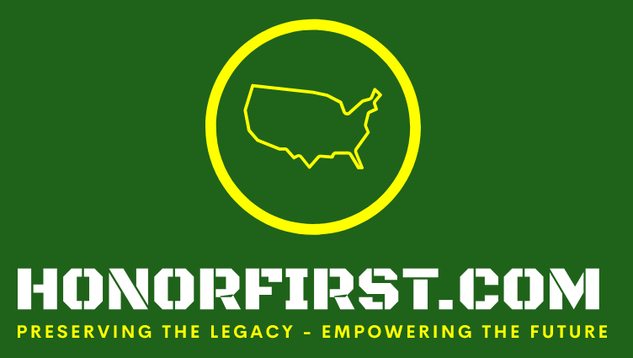

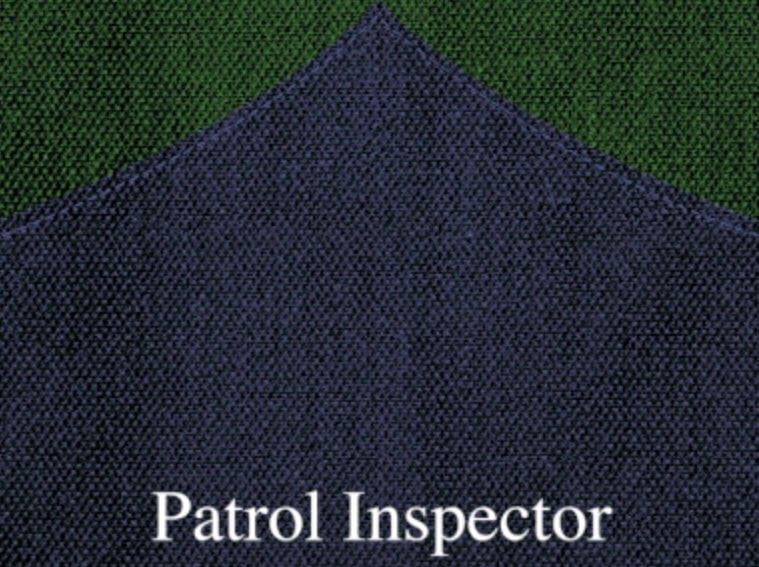
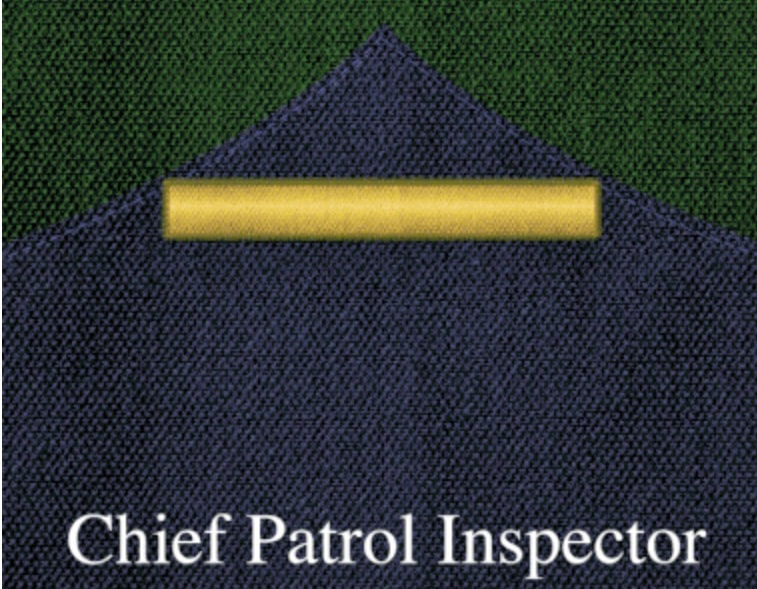
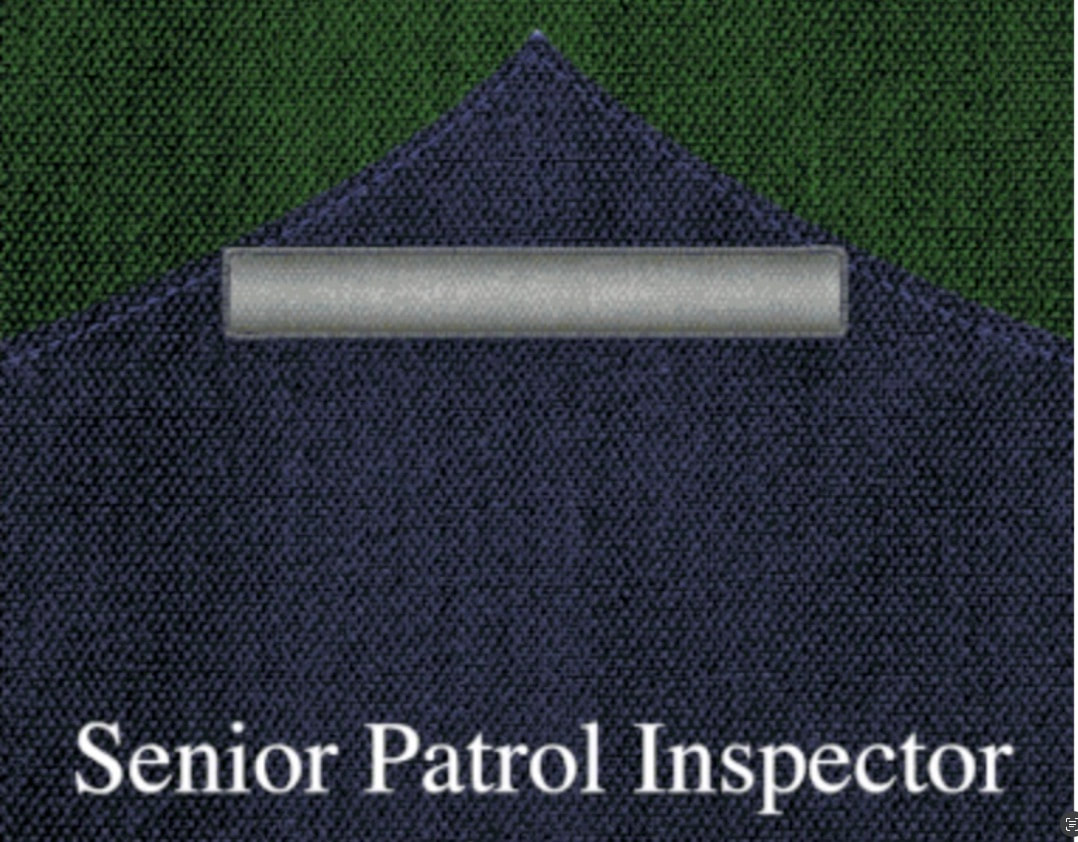
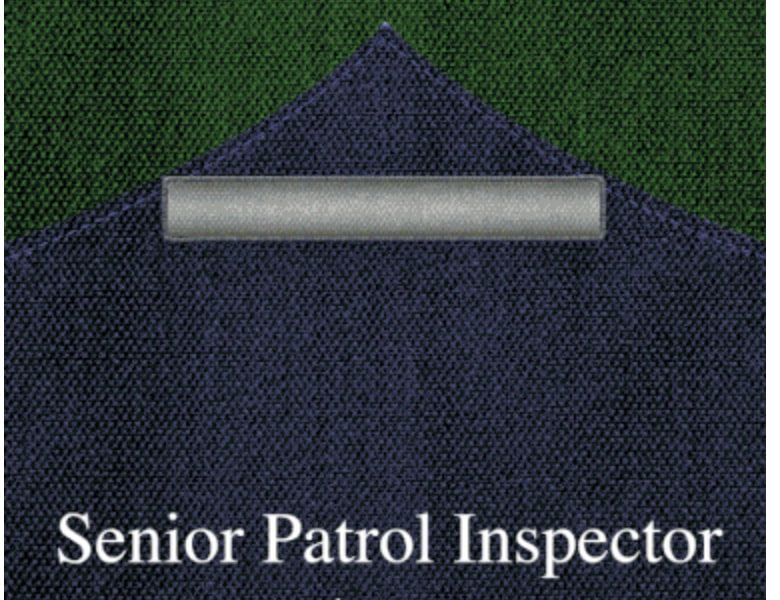

 RSS Feed
RSS Feed
